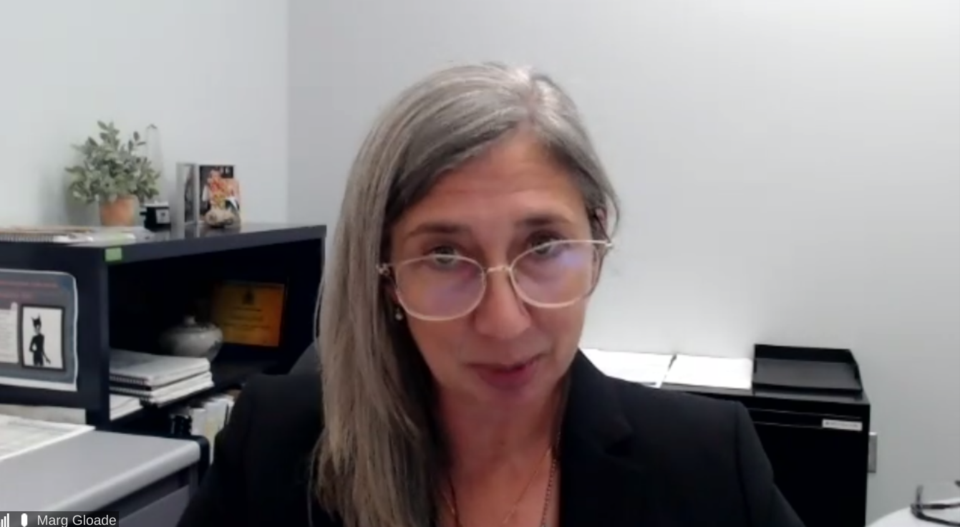Waterloo Regional Police Service (WRPS) strip searches will now be tracked and reported and be approved by a supervisor.
The update came after a Office of the Independent Police Review Director (OIPRD) review that found that some police strip search procedures were out of date and varied widely throughout the province.
The OIRPD reached out to Ontario police chiefs and police service board chairs to update the Policing Standards Manual and the search of persons guideline to ensure consistency throughout Ontario and that police services review their current strip search procedures and compare them to the Toronto Police Service (TPS).
Marg Gloade, manager, strategic services branch of the WRPS, presented WRPS's work around this update to the board.
"What we found when we reviewed our search of persons policy and procedure was that the majority of the content was very similar to Toronto's," she said. "Our procedure had already addressed most of the OIPRD's recommendations. This, however, was an excellent exercise. There were several key changes identified that have already been incorporated into our proposed procedural update."
For example, Gloade said, a supervisor must now determine the necessary level of search within a WRPS facility.
"And the justification for that search is documented," she added. "There will be added duty to accommodate under the Ontario Human Rights Code. There will be a requirement to collect race-based data."
All this ties in with WRPS's race-based data collection strategy, Gloade said.
The updated policy, she said, will also update the terminology on the types of searches that are conducted and make it mandatory to track and report all searches across all WRPS prisoner management facilities. As well, Gloade added, the policy will have guidelines on when audio and video recordings will take place.
She said the WRPS policy wants to go further than what's recommended in the TPS procedures.
"Rather than have one type of strip search defined, we're proposing two different levels of strip searches," Gloade said. "Level one is defined as a search down to the undergarment."
This type of search is currently defined as a thorough search, she said.
"Level two is what we current define as a strip search," Gloade said. "These recommendations are consistent with the findings of our internal audit and case log. It's also consistent with other definitions where level one and two represent increasing seriousness."
Further, she said, the WRPS is recommending further guidance, training, and documentation for officers regarding when and how exigent circumstances may be applicable or justified to search prior to the accused speaking to counsel.
Gloade said the internal audit that took place prior to this OIPRD-triggered review had brought forward some points.
There is a need to update to an electronic tracking of detain sheet data, she said, as well as a need for reporting annually to the board and seniors.
"And most importantly changing the onus from why a search should not be completing but to documenting and justifying why a search is required," Gloade said.
The report she presented to the board also recommended the following options, which are being costed or studied for feasibility.
- Revisions be made to detain sheets or custody software.
- Making tracking and reporting on the number of searches across WRPS prisoner management facilities easier and more accurate.
- Update training and reference materials to align with changes in the procedure and consider reviewing or auditing searches.
- If audio and video recording is to be utilized, officers should be provided with specific training on using this technology.
- For consistency, the same technology should be available across all WRPS prisoner management facilities.



